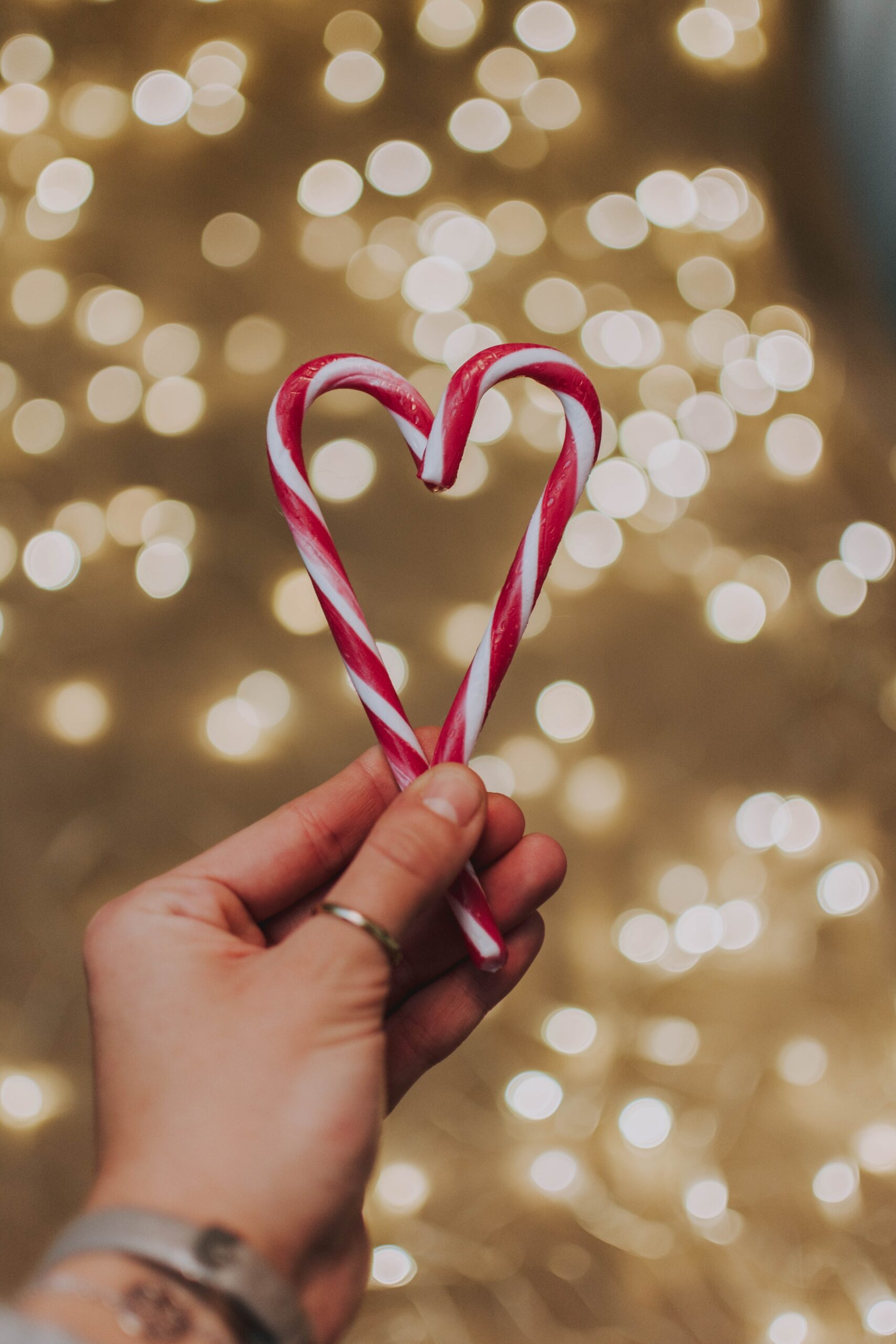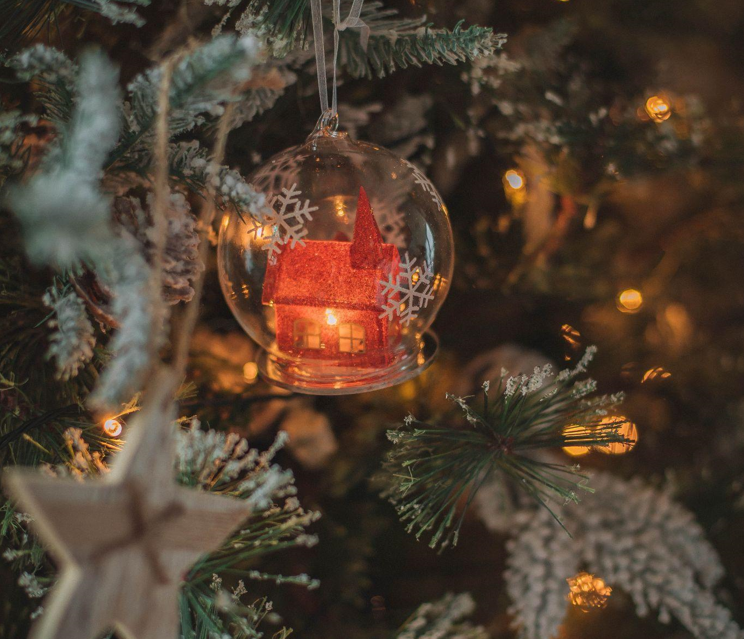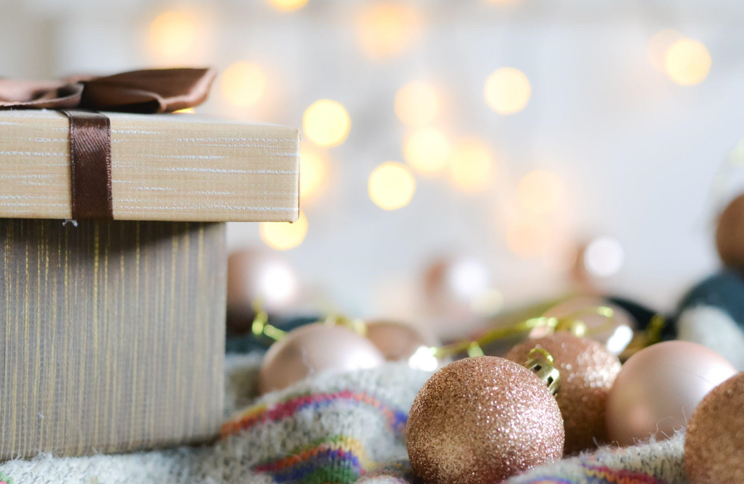The holiday season is upon us, and it’s time to start thinking about one of the most essential decorations: the Christmas tree. Choosing the perfect tree can be daunting, but with the proper knowledge and guidance, you can create a stunning centerpiece that will bring joy and warmth to your home.
In this ultimate guide to choosing and decorating your Christmas tree, we’ll go over everything you need to know to make the best choices for your family and create a beautiful holiday display.
Types of Christmas Trees
There are many different Christmas tree types, each with unique features and benefits. Here are some of the most popular options:
1. Fir Trees
Fir trees are the classic choice for Christmas trees, with their iconic cone shape and fragrant scent. They are typically the most popular choice among consumers, thanks to their durability and long lifespan. Popular varieties include the Douglas Fir, Noble Fir, and Fraser Fir.
2. Pine Trees
Pine trees are also famous for Christmas trees, with their long, soft needles and excellent needle retention. White Pine trees are the most widely used Christmas trees, but Ponderosa and Scotch Pine varieties are also available.
3. Spruce Trees
Spruce trees are known for their sturdy branches and excellent needle retention, making them a popular choice for those who want a tree that can withstand heavy ornaments. Popular varieties include Blue Spruce and Norway Spruce.
4. Alternative Trees
If you’re looking for something a little different than a traditional tree, many alternative options are available, including succulent trees, wooden trees, and even upside-down trees.
Caring for Your Tree
Once you’ve chosen your tree, it’s essential to take proper care of it to keep it looking fresh and healthy throughout the holiday season. Here are some tips to help your tree last as long as possible:
– Water your tree regularly and keep it away from heat sources like fireplaces and radiators
– Trim the bottom of the trunk before placing it in water to help it absorb water more easily
– Use a tree stand that can hold plenty of water to keep your tree from drying out
Decorating Your Tree
Now that you’ve chosen and cared for your tree correctly, it’s time to start decorating! Here are some tips and ideas to help you create a beautiful holiday display:
1. Choose a Color Scheme
Before you start decorating, choose a color scheme to guide your choices. Traditional red and green is always a popular choice, but if you’re feeling more experimental, consider using metallic tones or unconventional palettes.
2. Add Lights
The first step in decorating your tree is to add lights. Choose warm, white lights or colored strings, depending on your preference.
3. Pick Ornaments
When it comes to ornaments, the options are endless. Choose a mix of classic and modern decorations in various shapes and sizes to create visual interest.
4. Add Garland
Garland is a great way to add texture and depth to your tree. Choose strands of beads or tinsel, or opt for natural pinecones or dried fruit garlands.
5. Top it Off
Finish your tree with a crown, whether a classic angel, star or something more unconventional.
In conclusion, choosing and decorating your Christmas tree is a fun and meaningful part of the holiday season. With these expert tips and ideas, you will create a stunning centerpiece that will bring joy and warmth to your home. Happy holidays!


